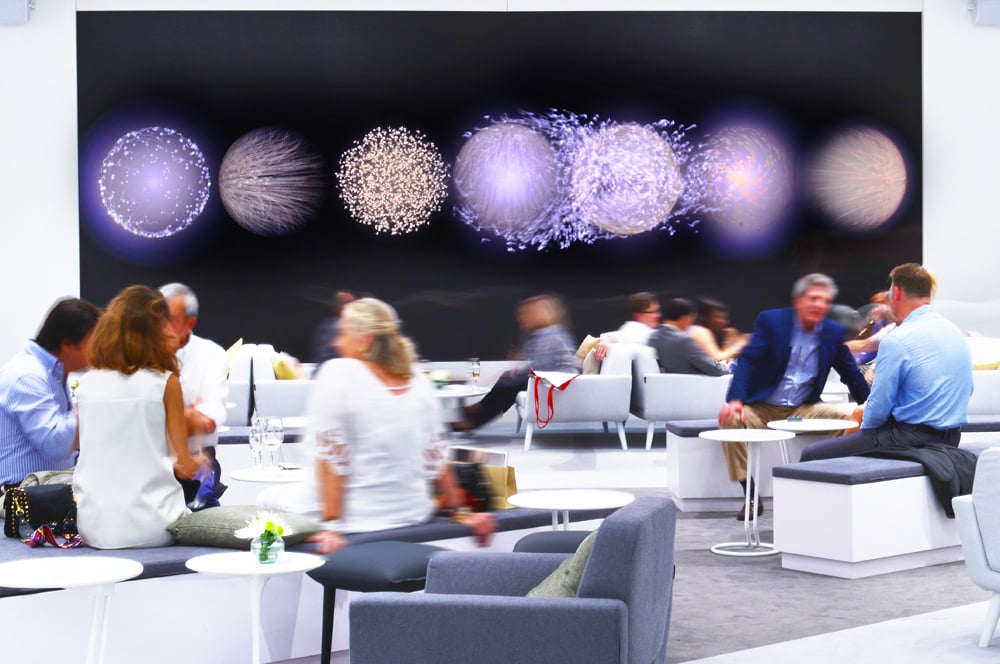
With the 2017 edition of Art Basel in Miami Beach—also known as the art world’s Black Friday—in full swing, Swiss bank UBS has released an extensive survey of art collectors that explores what motivates them, how they decide what to buy, and how they manage their collections.
UBS will release the findings of the survey, titled the “UBS Investor Watch Pulse Report,” on Thursday at its VIP lounge inside Art Basel in the Miami Beach Convention Center. The study consists of findings of interviews with 2,475 high-net-worth US-based individuals with at least $1 million in investable assets during September 2017, including 608 respondents with at least $5 million. Of the total survey respondents, 1,017 are collectors and 363 say they collect fine art.
Perhaps most surprising—and almost unbelievable—in a cash-obsessed art world: the notion that passion, rather than profit, drives most collectors.
As seen above, 71 percent of respondents said that enjoying “beautiful things” is what drives their interest, while 54 percent deemed collecting a “passion.” Other motivations included supporting artists and future plans for charitable donations.
And while it’s no secret that a certain segment of the art collecting world is notorious for “flipping” in hopes of making a quick profit, the survey results suggest that this is not reflective of the broader art world. Of the survey participants, 65 percent said they have never sold any works of art or objects from their collection. And 25 percent said they view their collection as priceless.
“Collectors don’t apply the same principles to buying art that they would to a typical investment portfolio of stocks and bonds,” said John Mathews, head of private wealth management and ultra-high net worth, UBS Americas.
The report also found that rather than relying on art advisors to make acquisitions—88 percent say they don’t—for most of the collectors, the “first step in the purchase journey” is to seek advice from other sources. In all, 62 percent of collectors used galleries to educate themselves in order to make their fine art purchases. This was followed by online resources (60 percent), museums (50 percent), and magazines (44 percent). Also surprising: One in four collectors said they purchase art online, sight unseen.
This “gravitation toward alternative sources,” according to a statement by UBS, “underscores the evolution of the art buyer’s journey and how the industry will need to adapt to keep pace.”
Other notable findings: 46 percent of respondents said they increased how much they’re spending on art over time. But 41 percent had never had their collections appraised, so they don’t have a fair market or replacement value for the works they own.
Of the top five most attended art events, Art Basel in Miami Beach was first, followed by The Armory Show, TEFAF (The Netherlands), Frieze (both London and New York rank high) and lastly, the Venice Biennale.
As far as leaving behind a legacy, 87 percent of collectors said they planned to leave their collection to their heirs. However, 57 percent said they had not educated their heirs about collecting.
“We were surprised to see…that most collectors have not appraised or insured their own collection,” said Mathews. “[D]espite their overwhelming intention to pass their collection on to their heirs, the majority of collectors have not taken steps to educate [their heirs] on how to manage, appraise and/or sell their collection.”